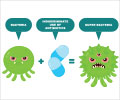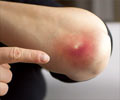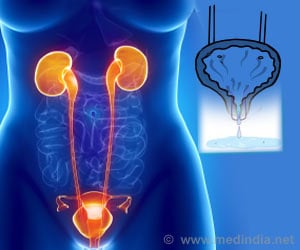Antibiotic resistance may result from poor hygiene practices in hospitals or other medical facilities, stated study.

‘Staff keeping hospitals and other facilities like nursing homes clean, using training and procedures, will prevent patients from acquiring resistant bacteria from others – and thereby prevent the explosive amplifications that accelerate the spread of drug-resistant diseases.
’





When a patient takes antibiotics, that inhibits any drug-sensitive bacteria in the body. If that patient carries bacteria resistant to antibiotics, that’s an environment where they can thrive. Good hygiene, in both health care and the community, is central to infection control. This is well known. But what’s less clear is how hygiene (or other transmission control measures) affects the evolution of antibiotic resistance.
Does Hygiene Weakens the Effect of Antibiotic Pressure on Resistance Evolution
Then they tested this model against antibiotic resistance information from the European Centre for Disease Prevention and Control. Data collected at 691 long-term care facilities in 19 European countries in 2013 suggest that this is the case. Countries where staff at such facilities made better use of alcohol-based hand rubs saw less enrichment of antibiotic-resistant bacteria, here resistant E. coli bacteria, for their antibiotic use.“Health care hygiene is a cornerstone of good clinical practice, said the paper’s lead author, Kristofer Wollein Waldetoft. “It’s also key to the management of antibiotic resistance by protecting patients from the acquisition of resistant strains. The importance of hygiene, especially hand hygiene, is well appreciated by health care professionals, but compliance has nonetheless been shown to be poor. There is thus opportunity to improve on this important, yet simple, aspect of resistance management.”
Source-Eurekalert















